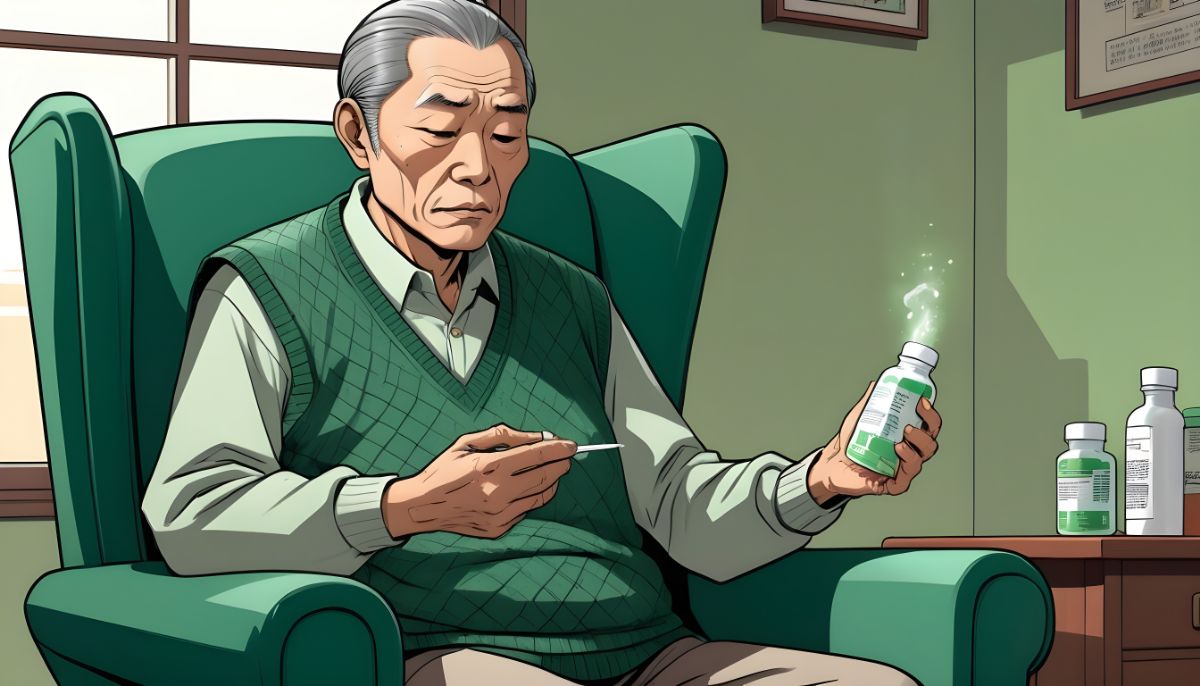
Accident victims have the right to claim compensation for their injuries, damages, and losses. However, winning a personal injury claim is not simple. You need to consult reputed law firms like Nicolet Law Accident & Injury Lawyers to obtain fair compensation. To start a personal injury claim process, you need to send a demand letter to the negligent person who is responsible for your injuries.
A demand letter is a formal document that outlines your case facts, the severity of injuries, losses, and damages, the legal basis for your claim, and the amount of compensation you are looking to settle the case without going to court. A well-written demand letter can help you negotiate a fair settlement and avoid a time-consuming and expensive personal injury case.
How to draft a demand letter
Collect all the relevant evidence
The first thing you have to do is gather and organize all the relevant evidence that will support your personal injury claim before you start writing your demand letter. This may include:
- Medical bills and prescriptions that prove you have suffered injuries and are receiving treatment for them.
- Police reports that describe how the accident occurred and who was negligent.
- Proof of income, such as tax returns or pay stubs, outlines how much money you lost due to your injuries.
- Take videos or photos of the accident scene, your injuries, and any property damage.
- Witness testimonials or statements that support your version of justice.
- Any other information or documents that may be relevant to your personal injury case, such as insurance policies, repair estimates, or correspondence with the negligent party or their insurer.
Write a clear and brief introduction
In the first paragraph of your demand letter, you must mention about yourself, what actually happened, where and when it happened, who caused it, and how much you are seeking as compensation for your losses.
Explain the details of the personal injury accident and your injuries
In the next part of your demand letter, you should give detailed information about how the personal injury accident happened and how it impacted you physically, financially, and emotionally. You must include:
- A description of the incident using certain evidence and facts to support your claim.
- A list of all the injuries you suffered, such as concussions, cuts, broken bones, whiplash, and cuts, and how they were diagnosed and treated by healthcare professionals.
- A description of how your injuries affected your daily life, such as preventing you from working or performing household work, limiting your mobility, affecting your emotional well-being and mental health, and causing you pain or discomfort.
- A summary of all the expenses you sustained or will suffer because of your injuries, such as medical expenses, property damage replacements or repairs, rehabilitation fees, or transportation expenses.
- A calculation of all the income you lost or will lose due to your injuries, such as salary, daily wages, bonuses, tips, benefits, and commissions.
State the legal basis for your personal injury claim and the compensation you are seeking
In the last section, you should explain why the negligent party is legally responsible for your injuries and losses and how much money you are asking for to settle the personal injury case. You must include:
- A statement of the legal theory that applies to your case, such as a written or oral agreement.
- A breakdown of the full compensation you are expecting.
- A request for a prompt response from the negligent party or their insurer.
Close with a professional tone
In the last paragraph, you should thank the recipient for their cooperation and attention. Also, express your willingness to negotiate fair compensation. This may also cover:
- Your contact details
- A deadline for getting a response
- A warning that you will take legal action if required
- Your signature.
Send your demand letter by valid mail with the return receipt requested
This may make sure that you have proof of delivery and receipt of your demand letter. It is important to maintain a copy of your demand letter and attachments for your records.
Wait for a response from the insurance firm
They may agree with your demand, reject it, or make a lowball offer. So, you should be prepared to negotiate until you get satisfactory compensation.
Final Thoughts
To summarize, the demand letter is an effective tool that can help you get fair compensation for your personal injury case. So, you should follow all the above steps to write a professional demand letter that will impress the insurance firm and improve your chances of success.




